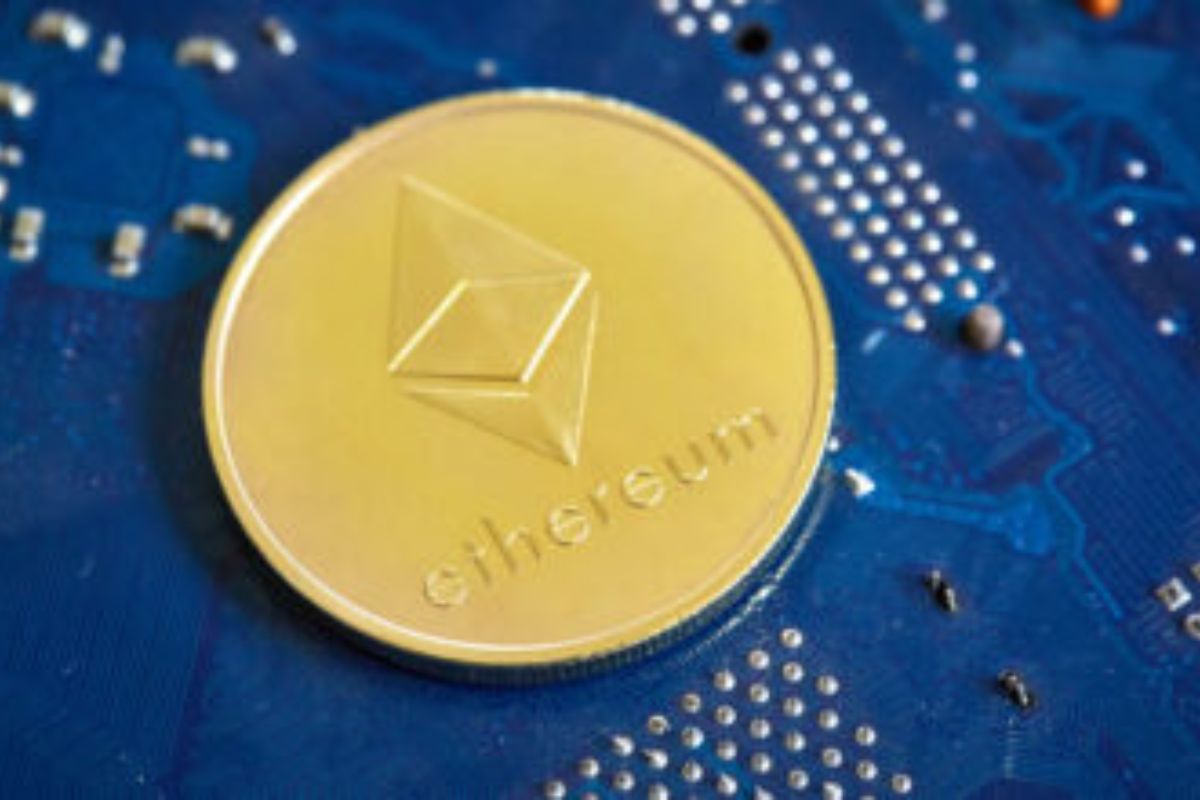The widely publicized Ethereum Merge launch is waiting again as developers disclosed that work is still ongoing on the upgrade. The estimated completion time is revealed as a “few months” after June.
Following the success recorded in the project’s testing phase, it was generally expected that the Merge would be ready by the middle of the year. This, however, is not to be so, as the latest news about the delay did not come as a surprise to observers.
The main reason for the delay has been that the Proof-of-Stake has been constantly delayed ever since it was first announced to the public, which has triggered a series of delays in completing the Merge in time.
However, the signs are optimistic because the possibility of the Ethereum mainnet being merged with the beacon chain to become a fully developed PoS network later in the year is high. It is achievable.
One of the Ethereum developers, Tim Beiko, provided an update on the project’s progress by adding that the development team is in the final phase. But the launch would be next month, and it is likely in the next few months.
The developer further added that giving an exact date for the launch is akin to putting the cart before the horse; the software implementation has been tested without any bugs detected; the next step is client team implantation that needs to be done for the Merge.
Is the Difficulty Bomb a Factor?
Another factor responsible for the delay is the optimal functioning of the automated increase in mining difficulty, which is also known as the “difficulty bomb.” Beiko disclosed that the protocol would be noticeable by May as it is a critical component of the latest project in the pipeline.
Additionally, if the client developers see no need to deploy the Merge to the mainnet when the block processing time has been slow, the Merge is bound to be further delayed again.
According to Beiko, the difficulty bomb can be delayed to hasten the Merge upgrade by combining the bomb delay with the client release to a particular block, which can then be activated to release the Merge in a short time.
The bomb delay can also be separated via the network upgrade, which will delay the difficulty bomb that will not trigger the block time. Instead, the total difficulty value will be raised so that the selected time for the Merge will be short.
More Trial and Error
The Ethereum Foundation developer, Paritosh Jayanthi, disclosed that more testing needs to be done as the previous testing of the shadow forks has shown that there are numerous bugs detected in the protocol.
Before the existing tenets can be merged, a beacon chain is needed since the shadow fork has a limit for its testing phases.
After completing the Merge, the Ethereum network will continue using the existing Layer-2 networks to handle its scalability and large transaction volumes.
